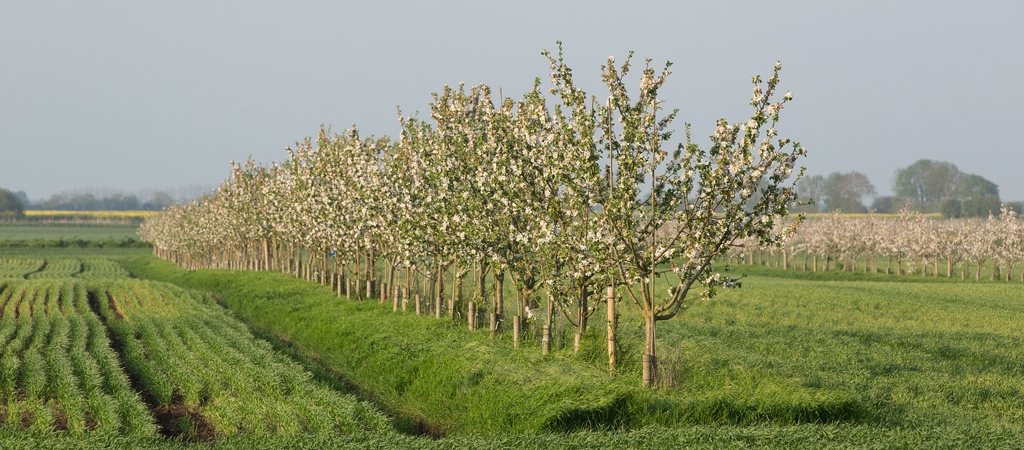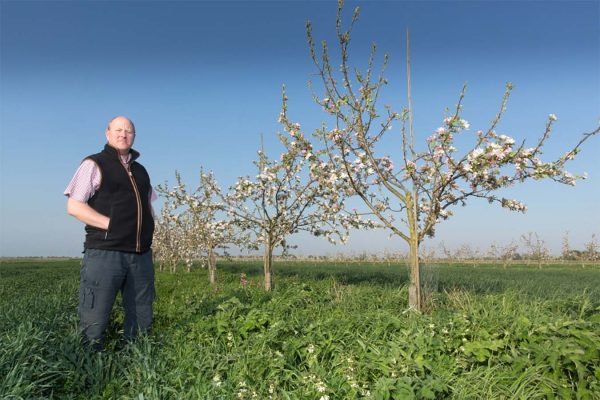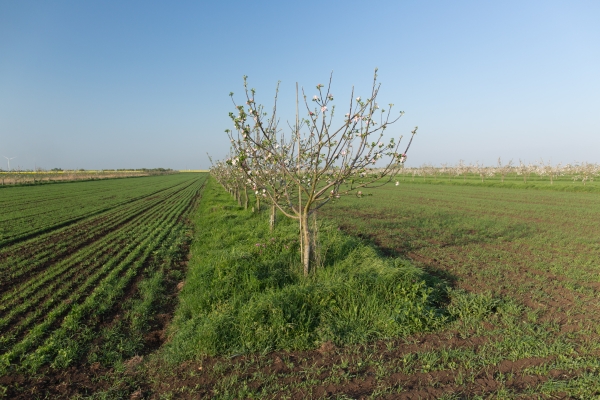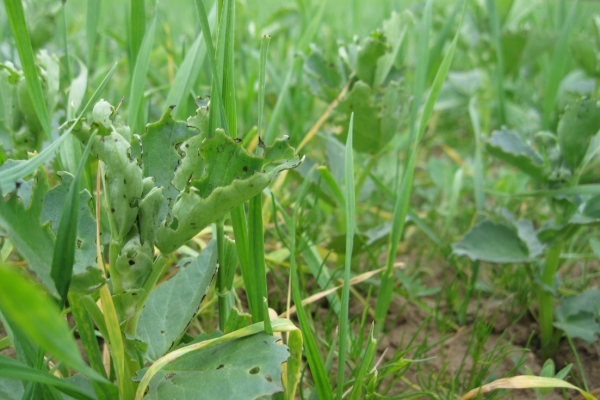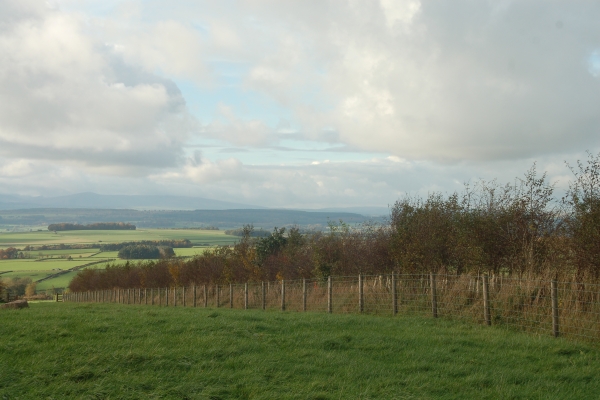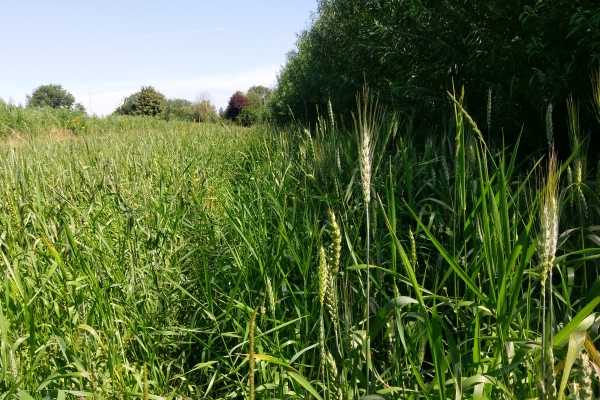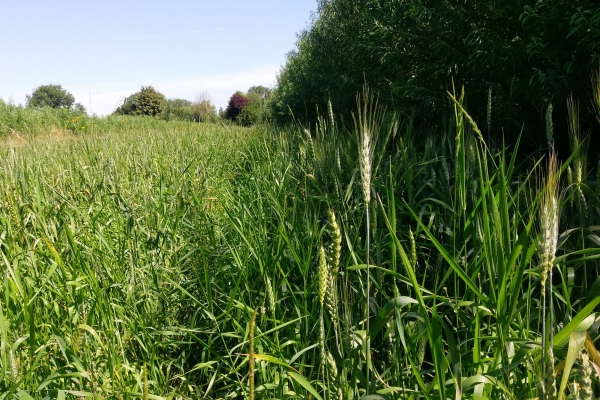Agroforestry: Farming for the Future
Resource explained
In this video, farmer and soil scientist Stephen Briggs describes his reasons for adopting agroforestry and the decisions he and his wife made in relation to the system they chose on their farm in Cambridgeshire. He explains the environmental and economic benefits they have observed from combining apple trees with wheat in relation to crop productivity, biodiversity, increases in soil carbon, maximising on space, and increasing climate change resilience. Their decision to adopt agroforestry came about initially through searching for solutions to the soil erosion problem caused by wind on their Fenland soils. Agroforestry has alleviated this problem and has increased productivity and biodiversity on the farm. The increased biodiversity has been scientifically proven, showing the system’s worth to pollinators particularly. He highlights further benefits such as raising soil organic matter and carbon levels. He believes mixing perennial with annual crops is also a ‘climate smart’ approach, providing resilience against changing weather conditions.
Findings & recommendations
- Stephen adopted agroforestry believing it would increase productivity and biodiversity on the farm and help protect what he refers to as “our most precious resource” through helping to control soil erosion.
- He explains that:
- The tree species they selected was one that would give them an economic return within the 15 years of their tenancy.
- Productivity from the apple crops is about the same as from the field crops on a per unit area basis, but more value can be added to the tree crops so there is an economic gain.
- The two different production systems spread labour and provide several productive harvests from one field.
- Several studies on the farm have revealed a significant increase in biodiversity and numbers of insect pollinators.
- Agroforestry can bring carbon into the farming system at times of the year that other farming methods cannot. This is particularly important given that levels of soil organic matter and the carbon it contains are declining on farms.
- Agroforestry can make more efficient use of land. It allows you to farm in a 3-dimensional way, utilising the space above and below ground and across it.
- Combining perennial crops with annuals can bring resilience to the farm in helping to combat climate change.
View Stephen’s farmer profile here.
(Photo credit: Tom Scrivener)
